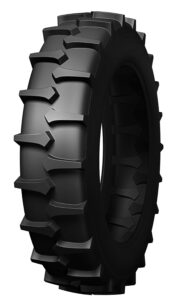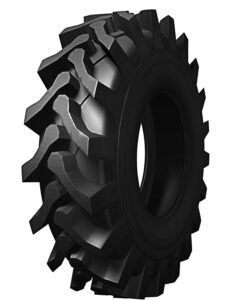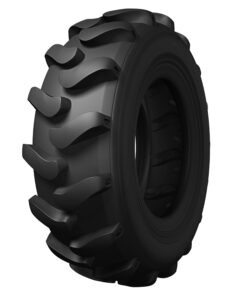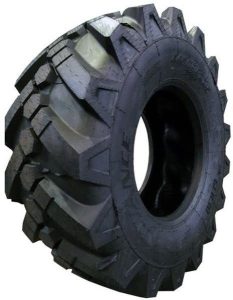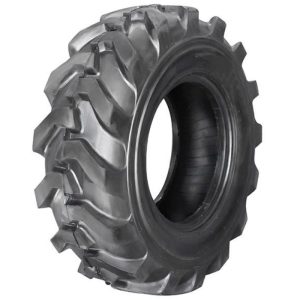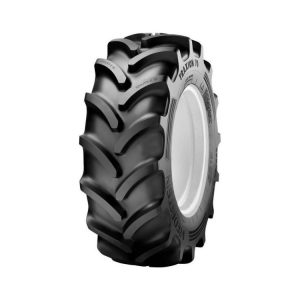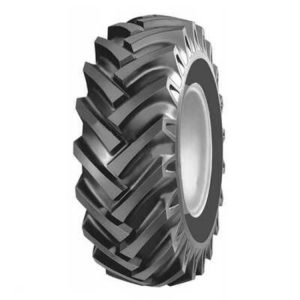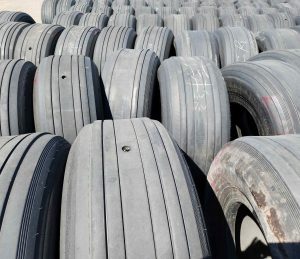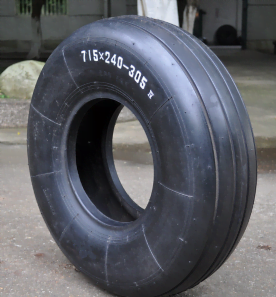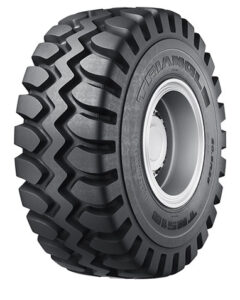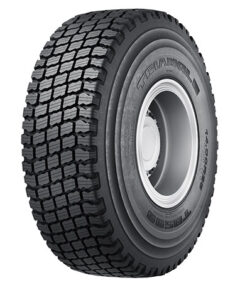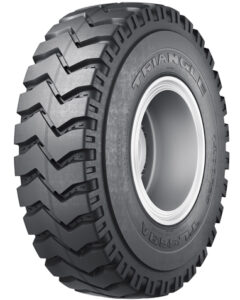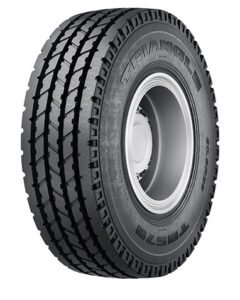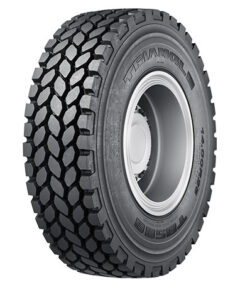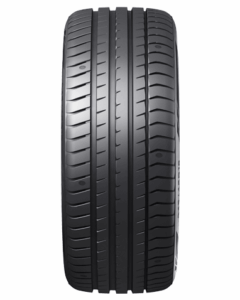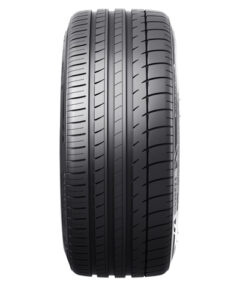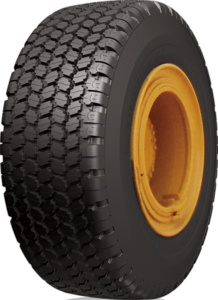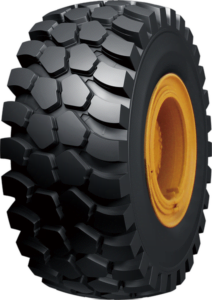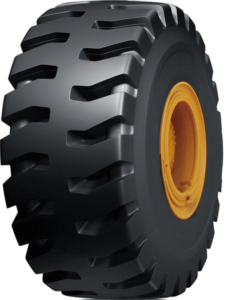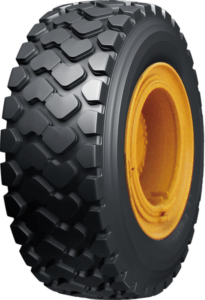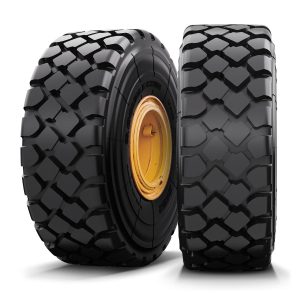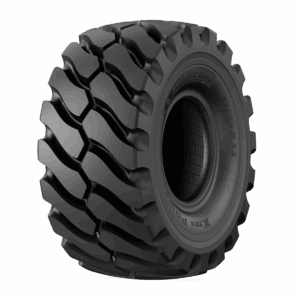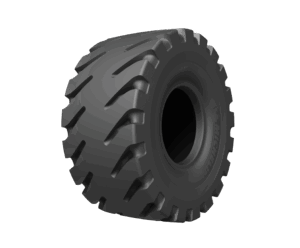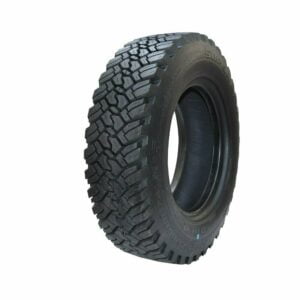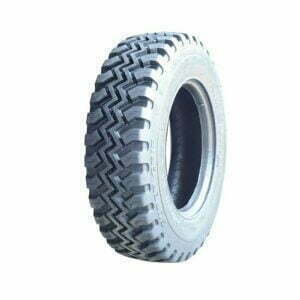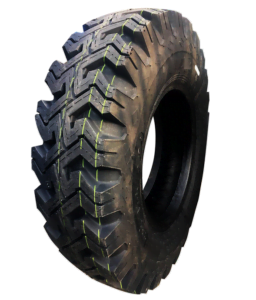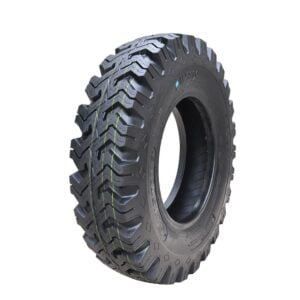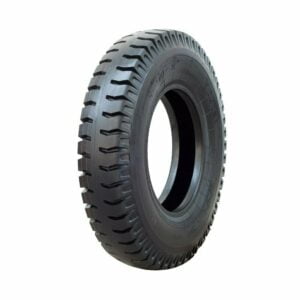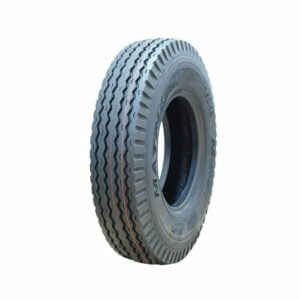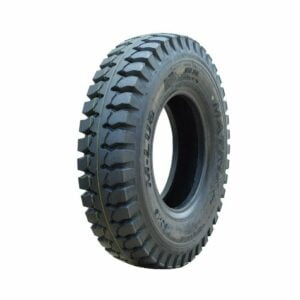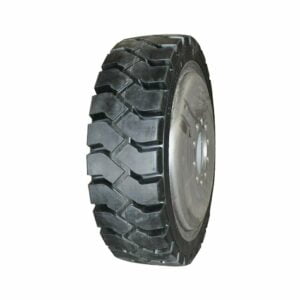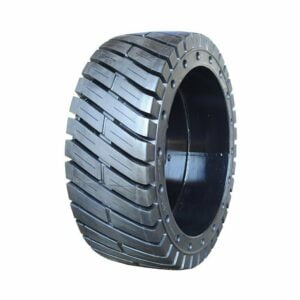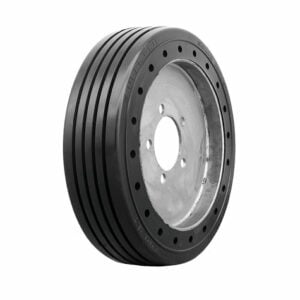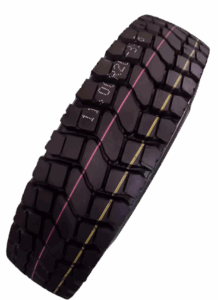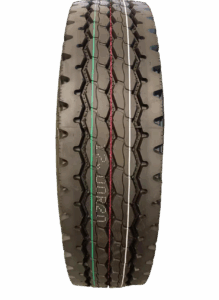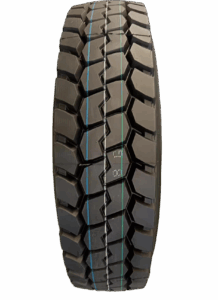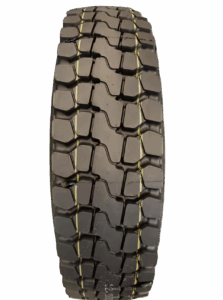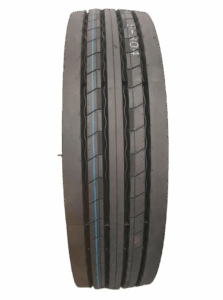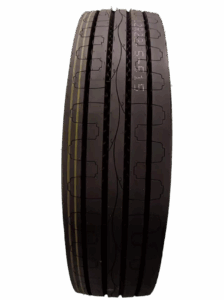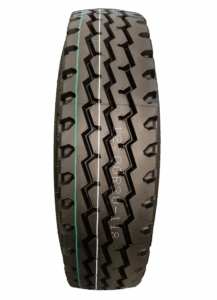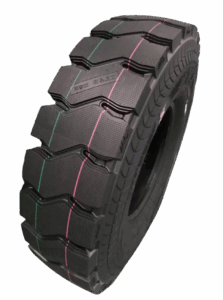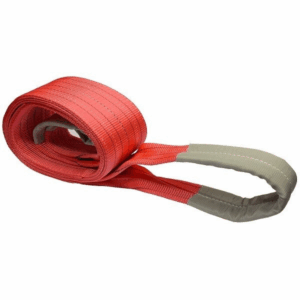Winter roads can turn into a glassy dance floor — beautiful, but one wrong move and you’re spinning.
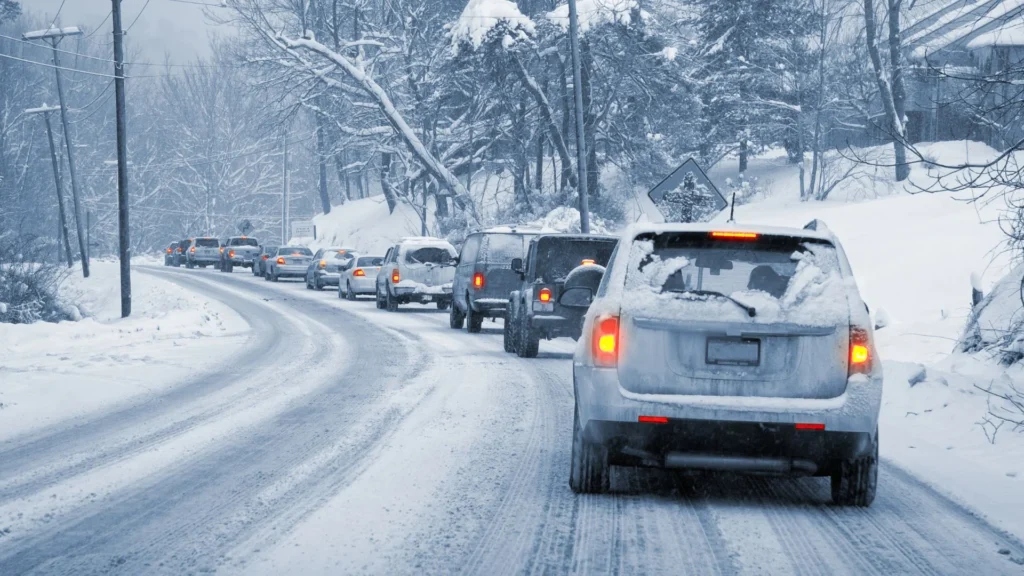
That’s when studded winter tires become your secret weapon.
They’re not your everyday snow tires — they’re built for the ICIEST DAYS, when regular rubber just can’t keep up.
How Studded Tires Work
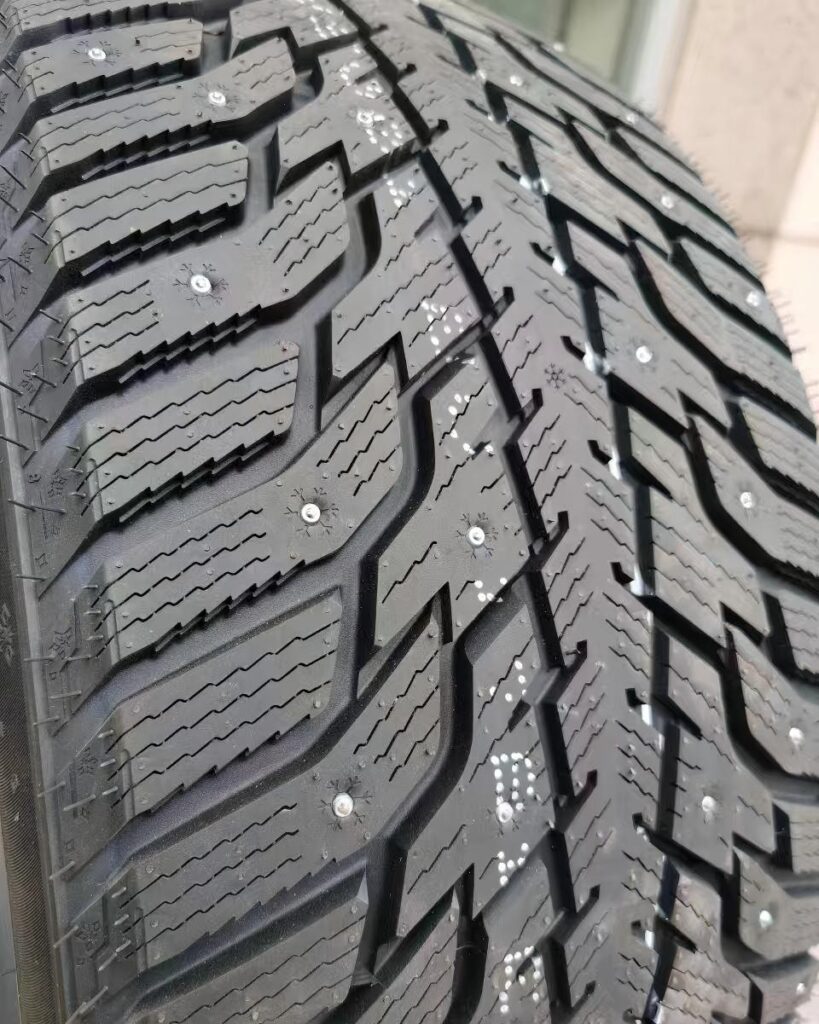
Think of tiny metal claws gripping frozen pavement. That’s essentially what studded tires do. Each tire has dozens of small metal studs embedded in its tread. When you drive over ice or hard-packed snow, these studs dig in and give you traction that rubber alone can’t match.
The rubber surrounding the studs is specially formulated for winter. Soft and flexible in freezing temperatures, it still molds to the road’s surface, so you get the best of both worlds: studs for bite, rubber for grip.
Battle on Ice: Studded or Studless?
Every winter driver faces the same question: studs or studless?
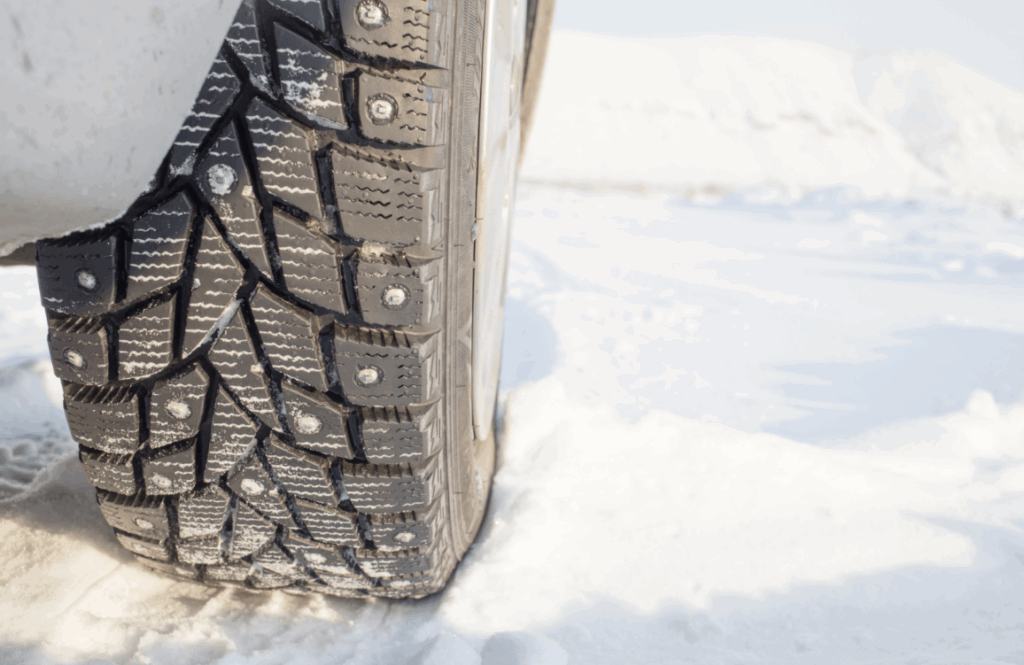
Studded Tires
lMetal studs dig into ice, giving unbeatable traction.
lExcellent for long icy spells or rural roads that aren’t plowed.
lLouder on dry roads and can cause pavement wear or dust.
lOften limited by law in some regions to protect streets.
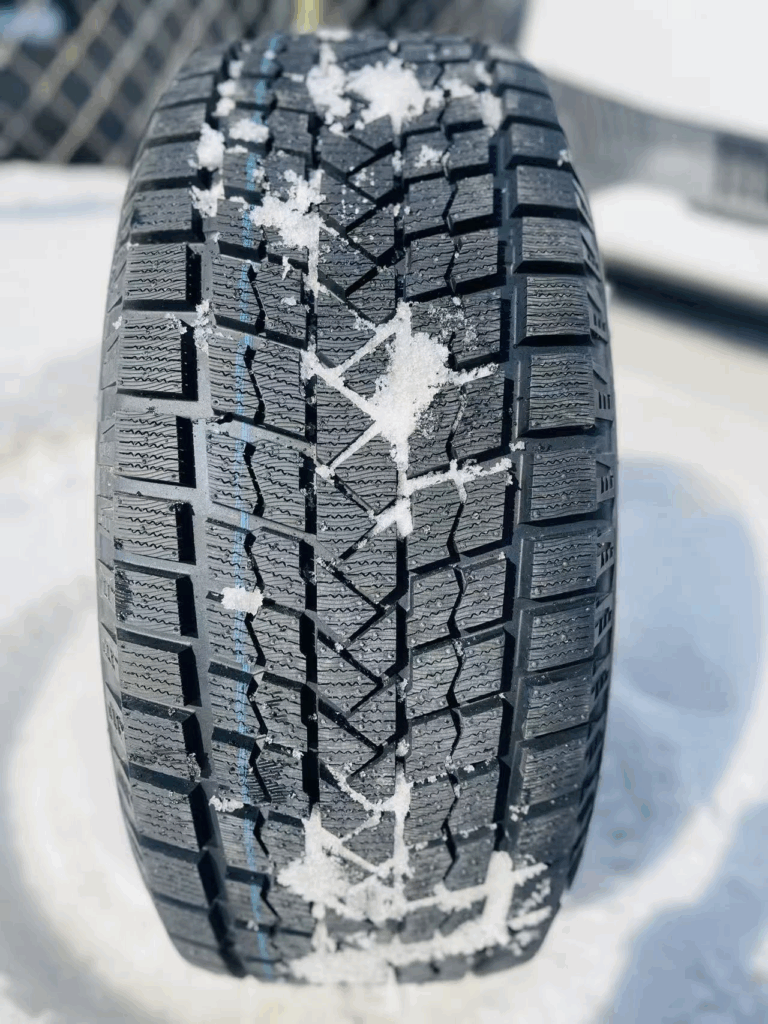
Studless (Snow) Tires
lRely on advanced rubber, deep treads, and thousands of tiny cuts called sipes.
lFlexible in freezing temperatures, gripping snow and slush smoothly.
lQuieter and better for mixed winter conditions.
lSlightly less effective than studs on pure ice.
Studded tires are like ice climbing boots — perfect for sheer ice.
Studless tires are like good hiking boots — versatile across most winter terrain.
What You’ll Actually Feel on the Road🤔
On pure ice, studded tires can shorten braking distances by several meters and give you better control in corners. They also help with acceleration on hard-packed snow.
But on wet, slushy, or clear roads, studs can become noisy and rough. They grind pavement, kick up fine mineral dust, and slightly reduce fuel efficiency.
The good news? Tire engineers are improving designs: new stud materials and shapes reduce road wear, and some even use retractable or eco-friendly studs. These days, studless tires can hold their own on ice better than ever.
How to Pick the Right Tires Without Guessing
Here’s a simple way to decide what’s right for you:
lKnow your winter roads.


Lots of ice and unplowed surfaces → studs
Mostly plowed or slushy streets → studless
lCheck local rules.
Some areas limit studded tires to certain months or ban them entirely

lMatch to your vehicle.
Heavier vehicles wear out studs faster and may increase pavement wear.
Maintain them
lRotate tires regularly to even out stud wear.
lCheck studs for looseness or heavy wear after each season.
lSwitch back to summer or all-season tires once ice disappears — your roads (and ears) will thank you.
One Last Spin
Studded winter tires are the kings of ice — nothing grips frozen ground like metal studs. They bring confidence when roads feel like skating rinks.
But for many drivers, modern studless tires now cover most winter conditions — quieter, gentler on roads, and with fewer legal hassles.
The smartest move? Pick your tires based on your climate, your roads, and your driving style. Because surviving winter isn’t about brute force — it’s about balance, control, and keeping your wheels on the road (not you on the pavement).
Still unsure? Contact our winter tire experts — we’ll help you pick the perfect set!

